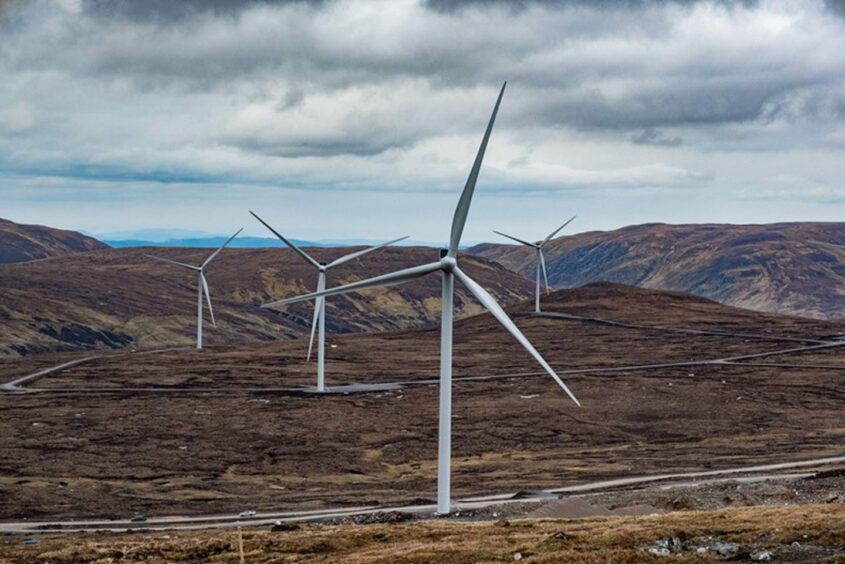
The UK saw its energy consumption and emissions fall in 2023, bucking a global trend of growing fossil fuel consumption.
According to the Energy Institute (EI) Statistical Review of World Energy, the UK’s primary energy usage dipped 4.4% in 2023 compared to 2022, coming in at 6.95 exajoules over 7.27 exajoules.
Not only does this reverse two years of gains, but it is also the UK’s lowest total energy usage since 2013.
Advanced economies generally saw signs of fossil fuel demand peaking, while developing economies drove fossil fuel growth.
“The progress of the transition is slow, but the big picture masks diverse energy stories playing out across different geographies,” the report stated.
The world’s energy consumption increased by 2% compared to 2022 and over 5% above the pre-COVID level seen in 2019. In addition, global fossil fuel usage rose 1.5%, pushing up CO2 emissions by 2.1% to reach 40 gigatonnes.
However, for the UK, carbon emissions dropped to 327.3 million tonnes, down 4.1% compared to 2022, when 341.1 million tonnes were emitted. This was the second lowest figure since 2013, with only the peak pandemic year of 2020 coming in lower.
A mixed bag
Electricity generation also fell, down 11.3%, with 285.6TWh produced in 2023 compared to 322TWh in 2022.
Meanwhile, the UK’s oil use rose slightly, providing 2.69 exajoules of energy in 2023, compared to 2.65 exajoules in 2022. Natural gas usage declined, hitting 2.29 exajoules in 2023 over 2022’s 2.55 exajoules.
However, gas’s contribution to the UK’s energy generation saw a major decline, providing 97.9TWh compared to 125TWh in 2022.
UK oil production continued to decline, with 2023’s 715,000bpd 11.6% lower than 2022’s 809,000bpd.
Natural gas saw similar declines, with 34.5bcm produced in 2023, a 9.6% decline compared to 38.1bcm in 2022.
In addition, the global renewables sources saw record generation, with wind and solar driving the increase. Combined, their capacity grew 67% compared to last year.
This increase in capacity was present in the UK, which saw major boosts in its wind and solar capacity – up 5.1% for total wind as the UK had 30.2GW in 2023 against 28.7GW in 2022. Solar also grew, rising 6.9% to 15.6GW in 2023 compared to 14.6GW in 2022.
However, renewables share of UK energy generation was flat between 2022 and 2023 at 135TWh. This was largely due to declines in hydropower and other sources such as biomass.
Wind and solar, however, saw their share of power generation rise. Wind was the biggest contributor to renewable generation, providing 82GW of electricity in 2023, more than 2022’s 80.3GW. Solar provided 13.8TWh in 2023, more than the 13.3TWh in 2022.
Recommended for you

